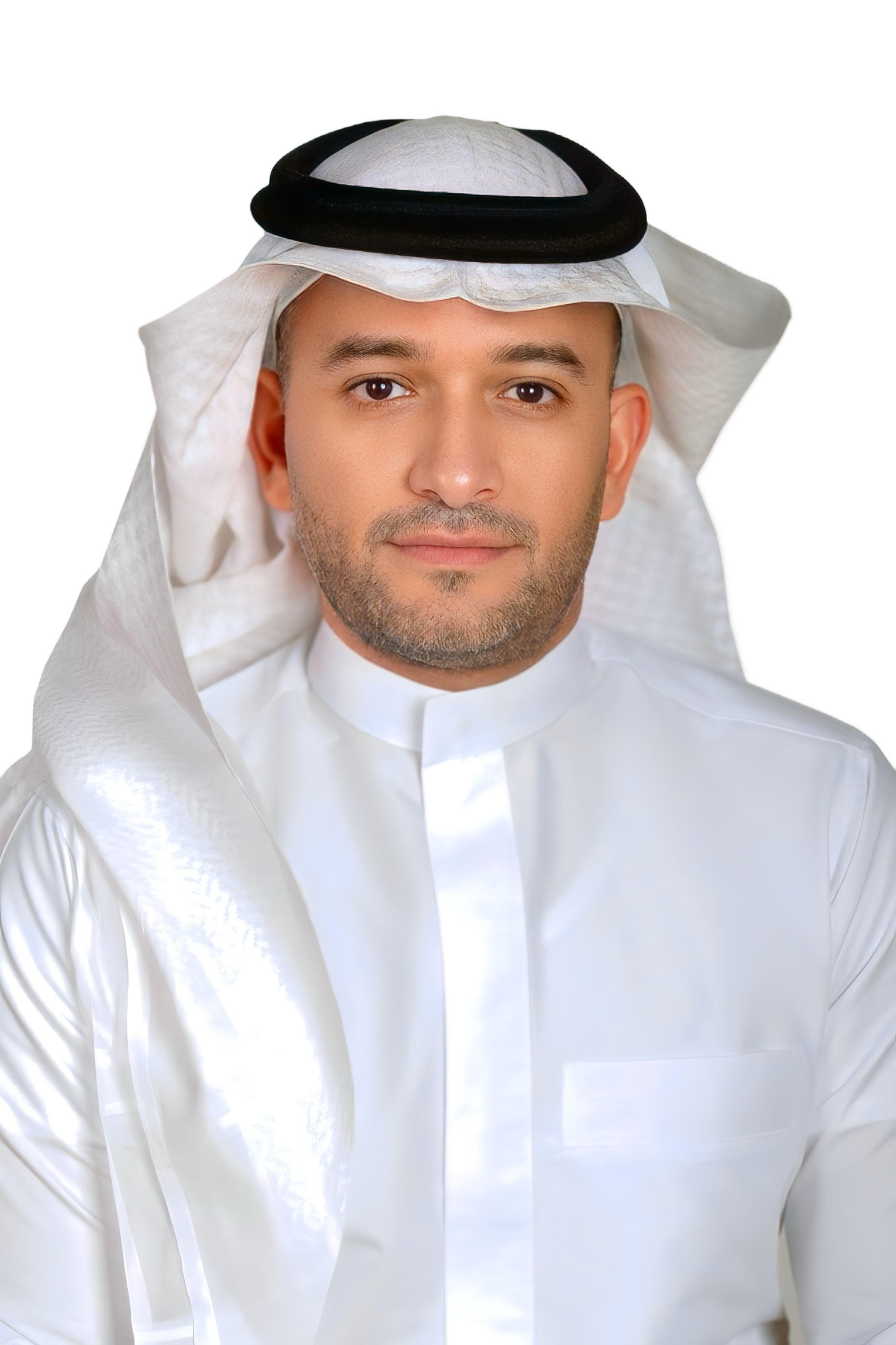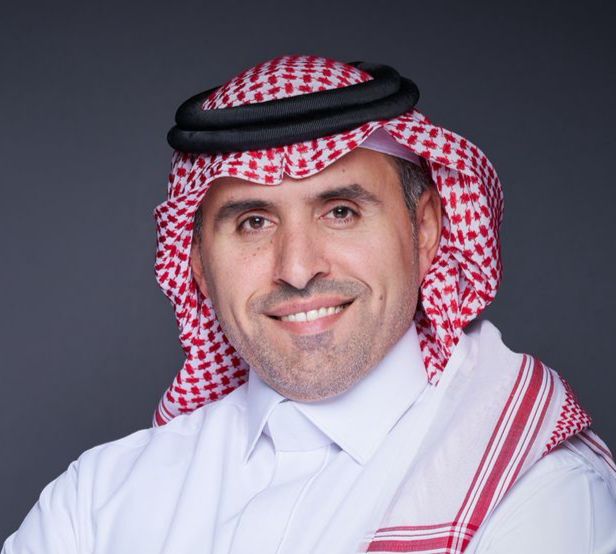Publisher: Maaal International Media Company
License: 465734
Humanities with Impact: Saudi Arabia’s Arts & Humanities Colleges Emerge as Economic Engines
اقرأ المزيد
At first glance, Saudi Arabia’s arts and humanities colleges may seem far removed from the core engines of economic growth. But recent developments tell a different story—one where creativity, culture, and critical thinking are aligning with the Kingdom’s economic aspirations.
A vivid example is Taibah University’s recent Poster Forum, which brought together top university leadership, faculty, and hundreds of students to showcase applied, high-impact student projects. But this wasn’t just an academic exercise. The event highlighted how the humanities are responding directly to market needs—integrating AI, smart cities, EdTech, media innovation, and even metadata engineering. The Forum featured work in digital journalism, media ethics, Arabic content digitalization, and information preservation—all key contributors to Saudi Arabia’s growing knowledge economy.
Of particular note was the Department of Languages and Translation, which demonstrated how linguistic skills are now intersecting with emerging technologies. Projects focused on AI-assisted English learning, machine translation, and literature in digital environments. These aren’t just theoretical innovations—they support Saudi Arabia’s ambitions to lead in EdTech and smart learning environments. By blending language expertise with computational tools, the department is cultivating graduates who can work at the intersection of language, education, and technology—fields vital to the Kingdom’s digital future.
The economic relevance is not just anecdotal—it’s statistical. Nearly half of Saudi employers (48%) report a shortage of graduates with strong communication and critical thinking skills, both of which are foundational in humanities programs. More than 60% of private-sector marketing firms actively seek humanities-trained professionals for roles in content creation, UX research, and social media strategy. With the service sector making up around 50% of Saudi GDP, this alignment is more than just symbolic—it’s strategic.
The Poster Forum illustrates how bridging academia and industry can turn student work into sector-relevant prototypes. By aligning course projects with industry needs—from digital heritage to public diplomacy—it opens doors to employability and entrepreneurship. Yet, untapped potential remains.
To further convert creativity into capital, strategic investments are needed: innovation hubs linking universities to local industries, entrepreneurship training embedded within humanities departments, and funding for applied research in language technologies and digital media. These would not only generate jobs but foster a generation of humanities graduates who are both imaginative and market-ready.
Improving events like the Poster Forum itself could play a part. Introducing rotating annual themes—like sustainability or futurism—would challenge students to think beyond disciplinary boundaries. Pre-event workshops on storytelling, digital tools, or design thinking would sharpen their professional skills. Cross-department collaboration, such as pairing language students with engineering or business majors, could lead to unexpected innovations.
Expanding reach beyond campus is another frontier. A digital poster gallery with QR-linked portfolios, community-based challenges in partnership with NGOs, or pop-up exhibitions in high-traffic university spaces could bring creative work to new audiences. Awards judged by industry professionals—such as “Best Innovation” or “Public Favorite”—could offer recognition and even internship opportunities.
Finally, integrating the Poster Forum into the academic curriculum—by aligning it with capstone projects or offering micro-credentials—would reinforce its relevance and incentivize participation. Documenting top projects in an annual report or involving alumni as mentors could further institutionalize its value.
Ultimately, by refining this model, Saudi Arabia’s arts and humanities colleges can reposition themselves as contributors to economic diversification—not just repositories of cultural knowledge, but as drivers of innovation, entrepreneurship, and workforce development. In doing so, they don’t just enhance graduate employability—they actively shape the human-centered, innovation-driven economy envisioned by Saudi Arabia’s future.






